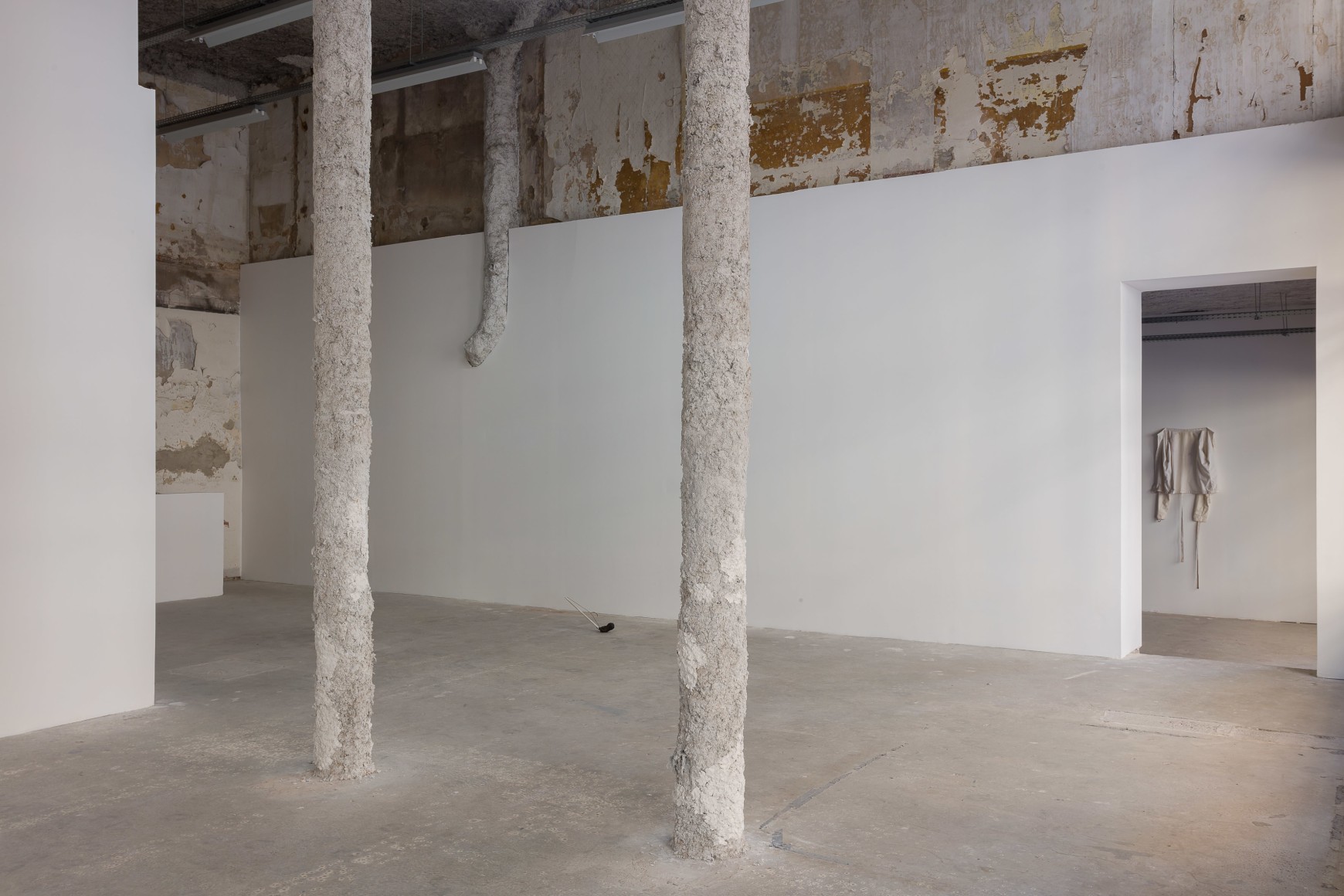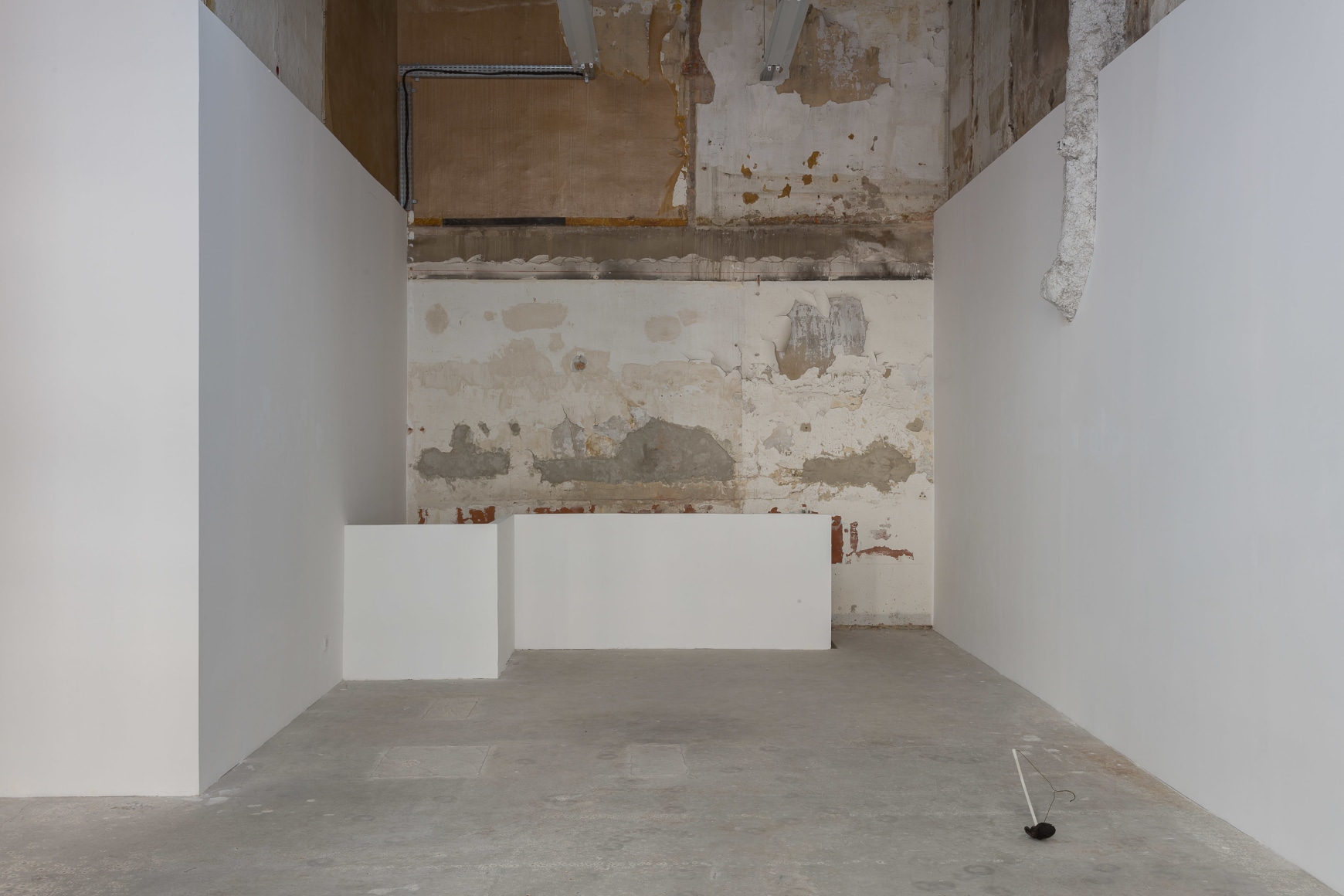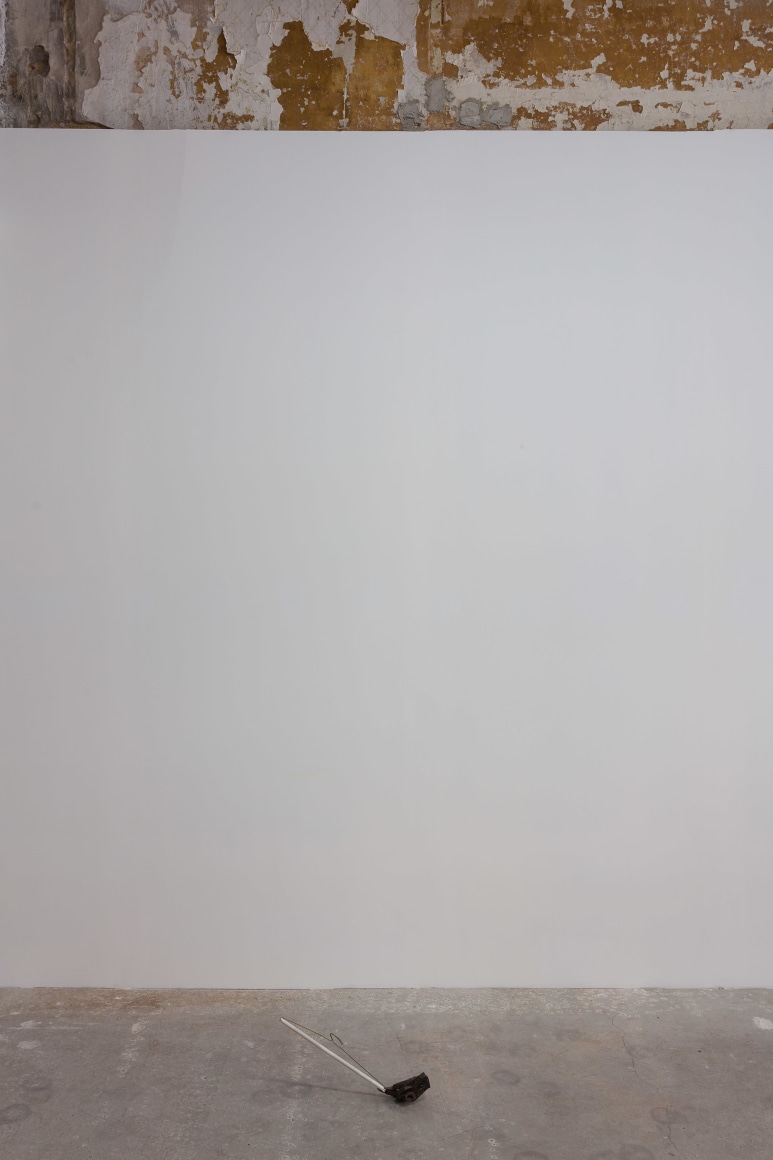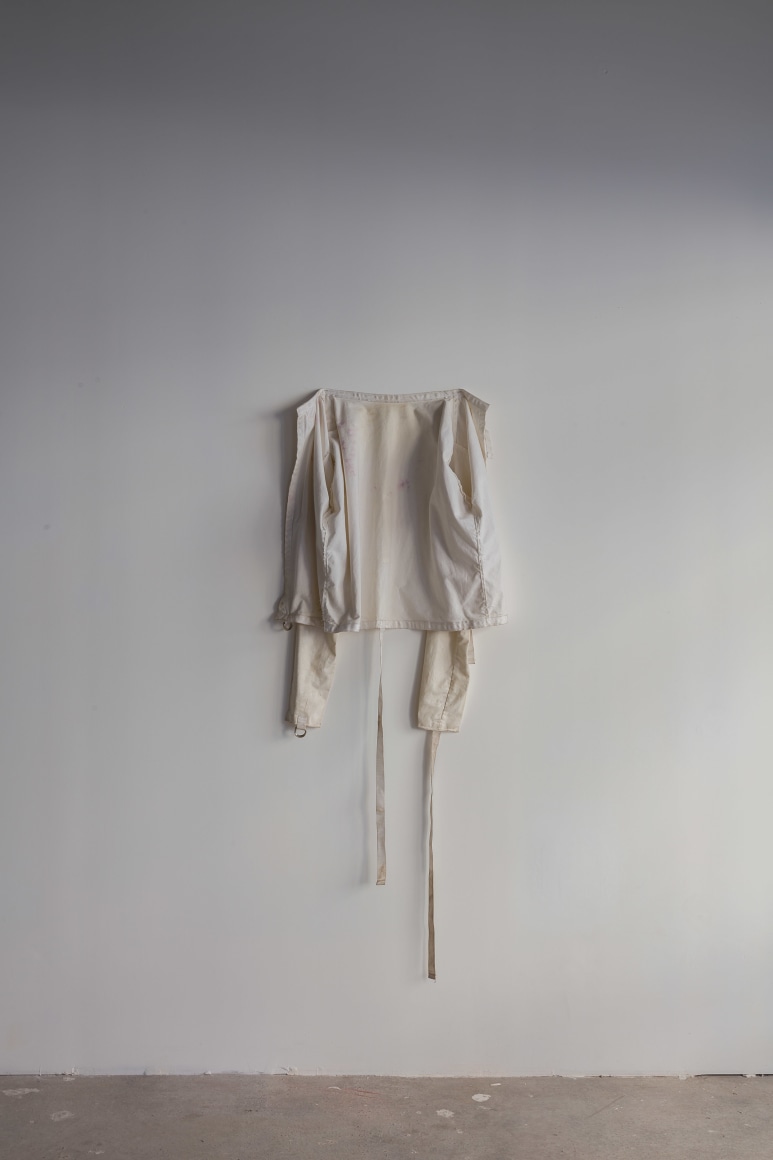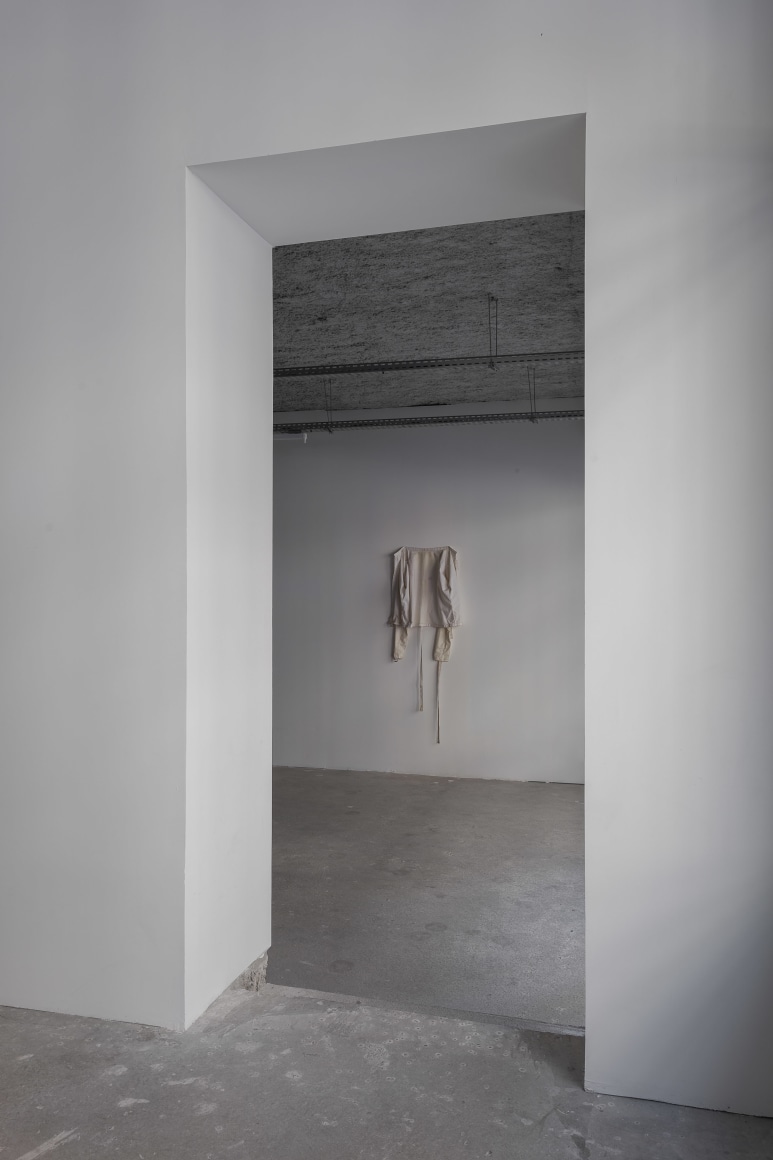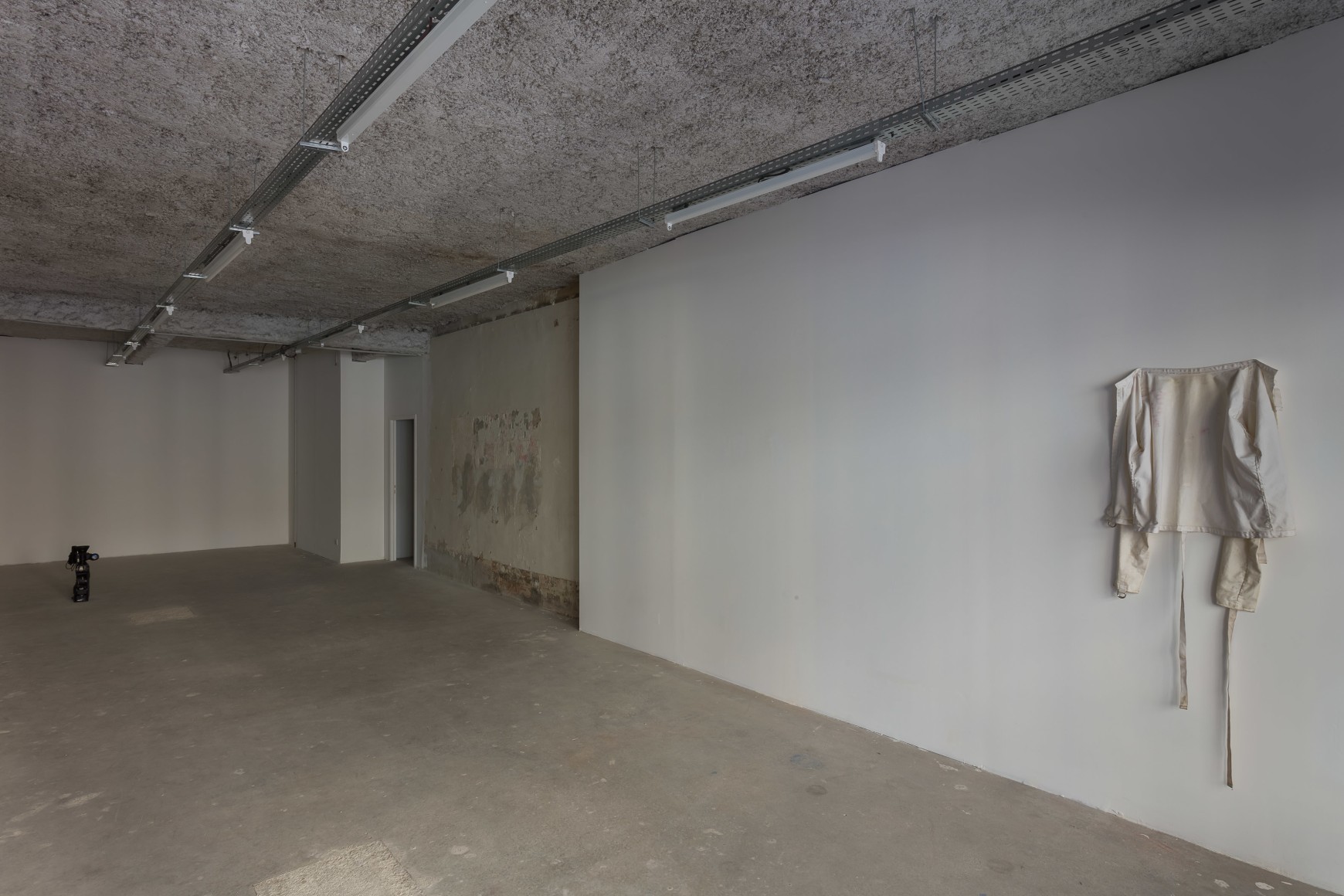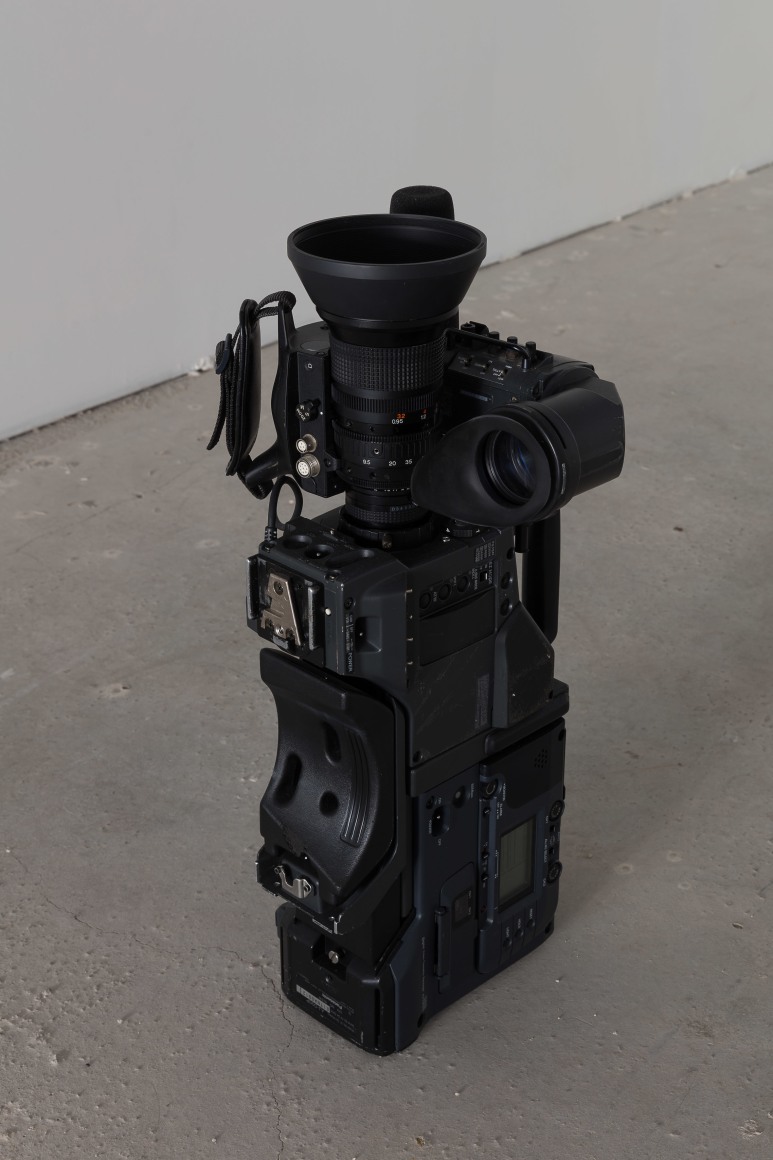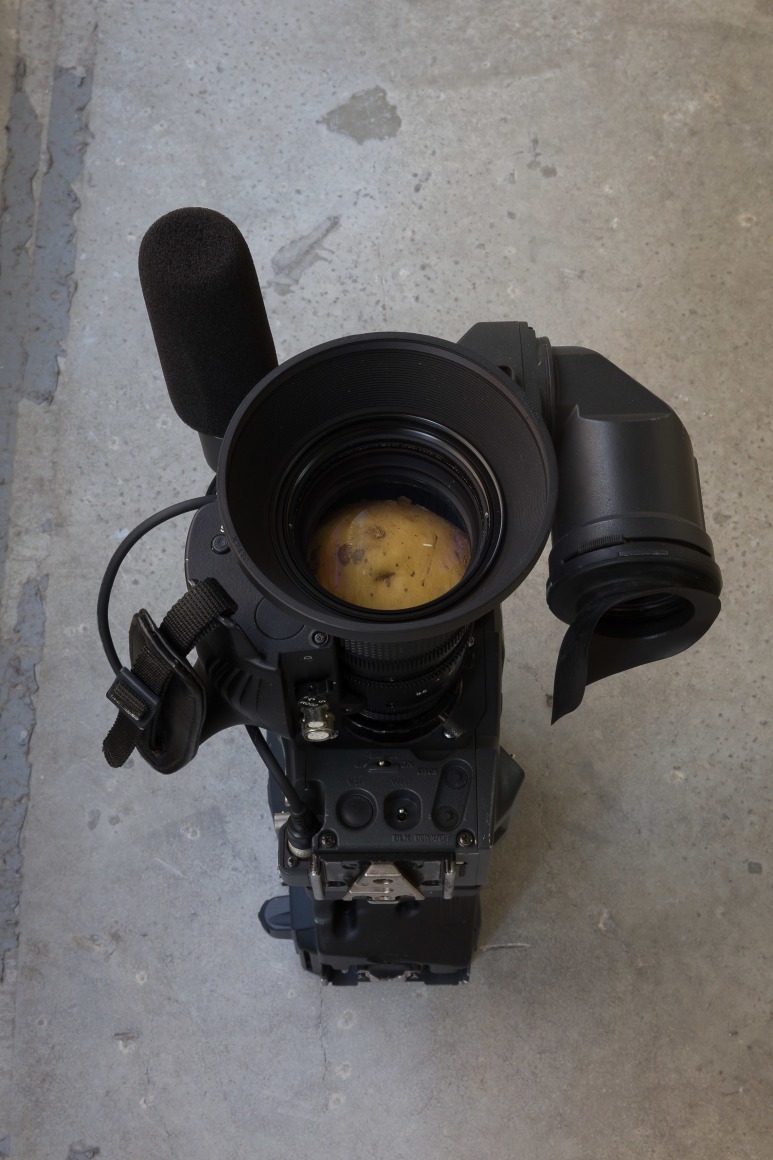Lately I have been thinking a lot about the future, its erstwhile role in the avant-garde, and its more or less complete absence from contemporary art discourse. Who really imagines the future anymore? Or tries to? Is it even possible? What, in the anthropocene, is conceivable at this point? Maybe only forms of collapse. Sudden conclusions. Endings. And the elegies that alternatively succeed or in this case, precede them.
If I had to elect one artist to elegize the end of if not America, then the industrialized world, it would be Michael E. Smith. Working with found and appropriated materials, which have been known to include everything from animal parts to textiles to car parts to human bone, not to mention everything in-between, Smith creates supremely laconic and darkly comic sculptures that seem to come to us from a future that we would either prefer not to or cannot imagine. Whether or not we, as a species, actually figure in that future is unclear (indeed, whether or not we would even want to figure in it is something else entirely). But something seems to have happened there (where? looming on the horizon) in which the objects, tools and technologies we once used to negotiate it no longer seem to possess the uses for which they were intended. Something has happened. Is happening. Will have happened. Already. Behold these stark and gnarled elegies.
– Chris Sharp
Michael E. Smith (B. 1977, Detroit) lives and works in Providence, Rhode Island, USA. Recent solo exhibitions have been featured at: Kunsthalle, Basel, MoMA PS1, New York, NY, 500 Capp Street Foundation, San Francisco, CA, 2018, SMAK, Ghent, 201, Kunstverein Hannover, 2015, De Appel, Amsterdam, 2015, Sculpture Center, Queens, 2015, La Triennale di Milano, Milan, 2014, Power Station, Dallas, 2014, CAPC musee d’art contemporain de Bordeaux, Bordeaux, 2013 and Contemporary Art Museum, St Louis, 2011, among others. Smith participated in the 2012 Whitney Biennial, and his work has additionally been included in group exhibitions at venues including MoMA PS1, Queens, 2014, Frankfurter Kunstverein, 2014, and MOCA Cleveland, Cleveland, 2013, among others.
(Source)

